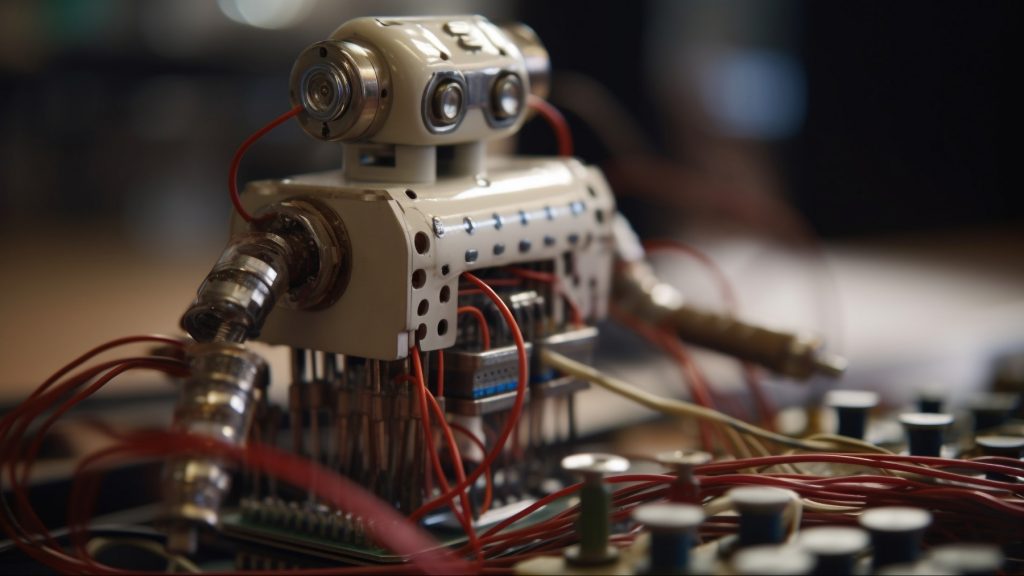 Machine-learning in robotics self-aware of its body approach.
Machine-learning in robotics self-aware of its body approach. A group of researchers at the Munich Institute of Robotics and Machine Intelligence (MIRMI) developed a machine-learning approach to give robots a degree of proprioception.
Proprioception Who?
Imagine that the robot itself now can sense its body parts. That’s what proprioception means. It is the ability to sense the position and movement of one’s own body parts.
In the case of humans, it “is your body’s ability to sense movement, action, and location. It’s present in every muscle movement you have. Without proprioception, you wouldn’t be able to move without thinking about your next step. Proprioception allows you to walk without consciously thinking about where to place your foot next. It lets you touch your elbow with your eyes closed,” according to WebMD.
While in the case of robots, they are using machine learning algorithms to analyze data from different sensors, such as pressure and movement to generate an understanding of the representation of the robot’s body state. This system gives the robot the ability to better understand its own movements and gives it permission to adapt to behaviors in response to any external stimuli.
So, with a central processor and sensors robots are able to gain awareness of their own body state.
Without Even Pre-Learned Data
We are witnessing nowadays a level of unprecedented development where for robots to be aware of themselves, a “motor babbling” process is being implemented where servomotors are being randomly activated to know how the robots’ body parts work together. A servo (servomechanism) “is an electromagnetic device that converts electricity into precise controlled motion by use of negative feedback mechanisms. Servos can be used to generate linear or circular motion, depending on their type,” according to TechTarget.
Why Is It Important?
Proprioception is important for robots since contemporary robots frequently depend on external sensors such as cameras and Light Detection and Ranging (LiDAR), it is a remote technology that uses laser light to measure distances. So, robots can use it to navigate and create accurate maps of their surroundings so that they can avoid obstacles.
As a result, these constraints become apparent in complex surroundings or when handling objects.
Proprioception is crucial for the following:
- Control and balance: Robots can maintain stability and function more with delicate tasks. By maintaining balance, they can adjust to imbalanced terrain.
- Manipulation: Robots can handle different kinds of objects with supreme accuracy, comprehending the shape, weight, and size of the objects.
- Learning and adaptation: They could learn their movements based on sensory feedback, as aforementioned, without even pre-learned data, the exact same way humans learn through experience.
After all of this, I’m still trying to digest the news … I understand that it’s a major step to build more self-aware and adaptable robots that will play a greater role in numerous applications, including healthcare, education, and manufacturing. Although it may take more robust ethical considerations and further research to upgrade the technology.
Inside Telecom provides you with an extensive list of content covering all aspects of the tech industry. Keep an eye on our Intelligent Tech sections to stay informed and up-to-date with our daily articles.